 The
Journal of the British
Astronomical Association
The
Journal of the British
Astronomical Association
Volume 122,
No.5: 2012 October
 Summary
contents page
Summary
contents page
Detailed contents: Notes and News / Articles / Observers' Forum /
Reviews / Letters / Meetings
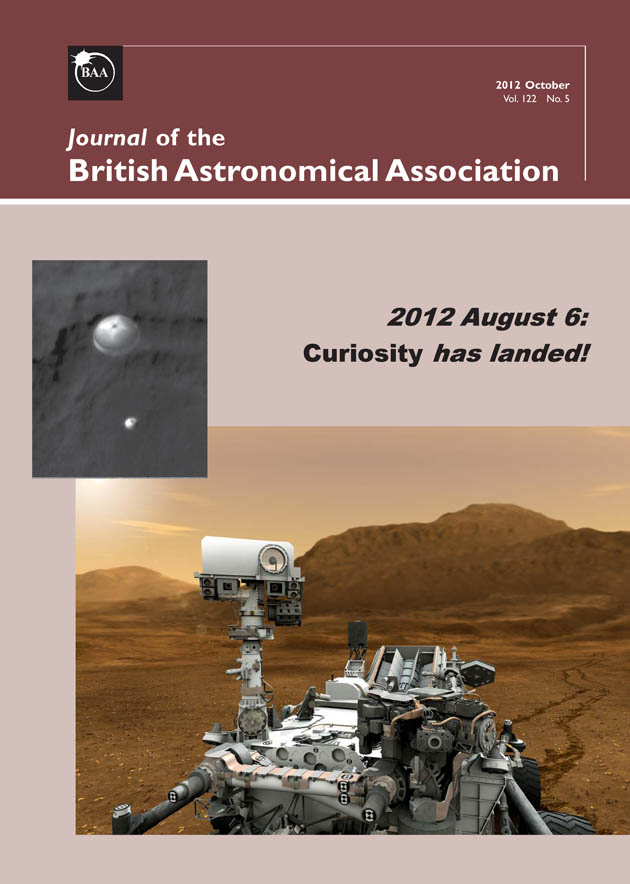

On
the cover: ‘Curiosity’ has landed!
An artist’s impression of NASA’s Mars Science Laboratory Curiosity
on the surface of Mars.The rover’s mast rises to 2.1m above ground
level. It supports two remote-sensing instruments: the Mast Camera for
stereo colour viewing of surrounding terrain and material collected by
the arm, and the ChemCam instrument, which is a laser that vaporises
material from rocks up to about 9m away and spectroscopically
determines what elements the rocks are made of. Curiosity
carries ten instruments in all.
Inset: Curiosity descending on its large parachute,
imaged from
orbit by the Mars Reconnaissance Orbiter.
See Dr Richard McKim’s note below. (NASA/JPL-Caltech).

 Curiosity at Gale Crater (Richard McKim, Mars Section)/ From the President (Bill Leatherbarrow) / Aurora Section (Ken Kennedy) / Solar Section (Lyn Smith) / The geomagnetic storm of 2012 July 14–16 (Paul Hyde, Radio Astronomy Group)
Curiosity at Gale Crater (Richard McKim, Mars Section)/ From the President (Bill Leatherbarrow) / Aurora Section (Ken Kennedy) / Solar Section (Lyn Smith) / The geomagnetic storm of 2012 July 14–16 (Paul Hyde, Radio Astronomy Group)
A 360° panorama of Gale crater made with 130 images from Curiosity’s Mast Camera late in the afternoon of 2012 August 8. (NASA/JPL-Caltech).
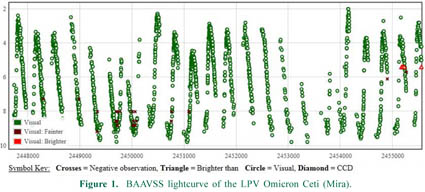
Observing basics: V
 An introduction to variable star observing ... Roger Pickard
An introduction to variable star observing ... Roger Pickard
‘Observing basics’ is a series of articles by BAA
Section Directors and other experts, designed to help you get started
in observing, whether you are a newcomer to astronomy or an
‘old hand’ thinking of taking up a new area of interest. Look out for further articles in the series in future issues of the BAA Journal!
Reviews
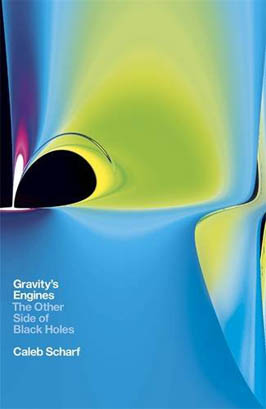
 Gravity's
Engines: The Other Side of Black Holes by
Caleb Scharf,
Gravity's
Engines: The Other Side of Black Holes by
Caleb Scharf,
Allen Lane, 2012. ISBN 978-1-846-14533-9. Pp 252, £20 (hbk).
 Reviewed
by Roger O’Brien
Reviewed
by Roger O’Brien


Stargazers' Almanac: a Monthly Guide to the Stars and Planets 2013
by
Bob Mizon,
Floris Books, 2012. ISBN 978-086315-889-6. Pp 32, £14.99 (pbk).
 Reviewed
by Ann Davies
Reviewed
by Ann Davies
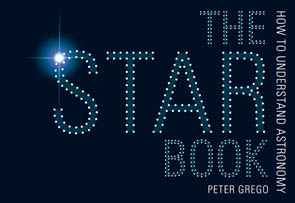

The Star Book - How to understand Astronomy by
Peter Grego,
David & Charles, 2012. ISBN 978-1-4463-0239-2. Pp 160, £12.99
(pbk).
 Reviewed
by Bob Mizon
Reviewed
by Bob Mizon
CLICK HERE
to read scores
more authoritative book reviews from the BAA Journal
Refereed
papers
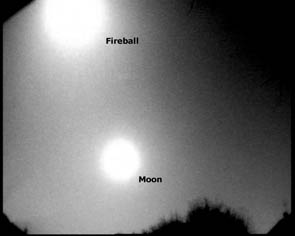
Short paper:
Simultaneous still, video and radio detection of a bright
Leonid fireball in 2011 ...
Nick James, Peter
Meadows & Iain Grant
The 2011 Leonid shower produced a number of bright events, but a
particularly spectacular Leonid fireball was detected at 04:07:45 UTC
on the morning
of 2011 November 19. This fireball was recorded in video and still
images at
two stations in Chelmsford, Essex and was also detected by backscatter
radio receivers operated by the Norman Lockyer Observatory (NLO) at
various
locations in England. The fireball lasted for 1.0s, reached a peak
magnitude of
approximately -11 and had a train that was visible in images for at
least three minutes. It provided the strongest radio backscatter
of the Leonid shower as recorded by the NLO receivers. In this short
note we
describe the equipment used to detect the fireball along with a summary
of the
event as recorded by each of the three detection methods.
The opposition of Mars, 2007: Part II ... Richard McKim
In
Part II we discuss seasonal activity of the white crystal clouds and
the polar
regions. The Equatorial Cloud Band (ECB) was found to be complete in N.
mid-spring from Ls= 43° (2008 Mar 10) onwards. Orographic clouds
were well
seen. White cloud activity was interrupted by the planetwide dust
storm. The
apparition was exceptionally favourable for watching the transition
from N.
polar hood to ground cap. The temporary thinning of the N. polar hood
(due to atmospheric
warming by the planetwide storm) allowed the new carbon dioxide
seasonal cap to
be seen from a very early date, from Ls= 312° (2007 Sep
12). The
dark dune field which borders the summer cap remnant was well seen at
the
boundary between permanent and seasonal caps. A partial recession curve
for the
cap was obtained which differed little from the average result of A.
Dollfus.
Precise measurements of the S. polar cap’s diameter during 2007 were
not
possible, but the seasonal separation of Novus
Mons was typical.
The extraordinary flickering behaviour
of U Geminorum ... John Toone
This
paper describes a
series of historical observations which show that 19th century visual
observers
reported ‘flickering’ in the prototype dwarf nova U Geminorum (U Gem).
The
significance and reliability of these reports is evaluated alongside
more
recent observations by prominent variable star observers.
Superhumps and grazing eclipses in the
dwarf nova BG Arietis ... Jeremy Shears et al.
We report unfiltered photometry of BG Arietis (= SDSS
J015151.87+140047.2) in 2009 and 2010 which shows the presence of
superhumps
with peak-to-peak amplitude of up to 0.36 magnitudes, showing this to
be an SU
UMa type dwarf nova. The outburst amplitude was 5.1 mags above a mean
quiescence magnitude of 19.9. The 2010 event lasted at least 20 days
during
which we observed a precursor outburst which was immediately followed
by a
superoutburst.
Click here to
obtain a PDF file of
any of these articles
Report
of the Council and Accounts for the session 2011-2012
- The dispersion corrector revisited
... Chris Hooker
- Isolated total
lunar eclipses ... Alex
Vincent
- Information
wanted on former BAA Council members ... Anthony Kinder
- Venus and
Jupiter in daylight with an 8×20mm monocular ... Peter Parish
- ‘Light pollution: penetrating the veil’ ... Ron Livesey
- ‘A comparison of two simple magnetometers’ ... Thorsteinn Saemundsson
Meetings
- Meeting of the
Historical Section, Birmingham, 2012 May 5 ... Mike Frost
Why
not
join us
at a BAA meeting near
you? Meetings are open
to all and you will be made very welcome. Click
here
for
the latest Meetings Diary
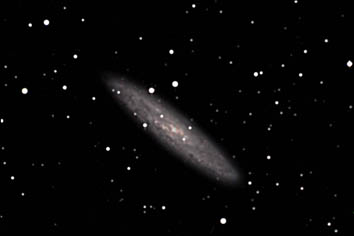
Observers' Forum
- NGC 253 – Caroline’s galaxy ...
Stewart L. Moore
NGC 253
imaged by Peter Howard
 Sky
notes for 2012 October & November by Callum Potter
Sky
notes for 2012 October & November by Callum Potter
Back
to top of page
 Go
to the BAA Journal home page
Go
to the BAA Journal home page
 The
Journal of the British
Astronomical Association
The
Journal of the British
Astronomical Association The
Journal of the British
Astronomical Association
The
Journal of the British
Astronomical Association


 Curiosity at Gale Crater (Richard McKim, Mars Section)/ From the President (Bill Leatherbarrow) / Aurora Section (Ken Kennedy) / Solar Section (Lyn Smith) / The geomagnetic storm of 2012 July 14–16 (Paul Hyde, Radio Astronomy Group)
Curiosity at Gale Crater (Richard McKim, Mars Section)/ From the President (Bill Leatherbarrow) / Aurora Section (Ken Kennedy) / Solar Section (Lyn Smith) / The geomagnetic storm of 2012 July 14–16 (Paul Hyde, Radio Astronomy Group)

 An introduction to variable star observing ... Roger Pickard
An introduction to variable star observing ... Roger Pickard
 Reviewed
by Roger O’Brien
Reviewed
by Roger O’Brien
![]()
 Reviewed
by Ann Davies
Reviewed
by Ann Davies
![]()
 Reviewed
by Bob Mizon
Reviewed
by Bob Mizon
 Letters
Letters
 Sky
notes for 2012 October & November by Callum Potter
Sky
notes for 2012 October & November by Callum Potter